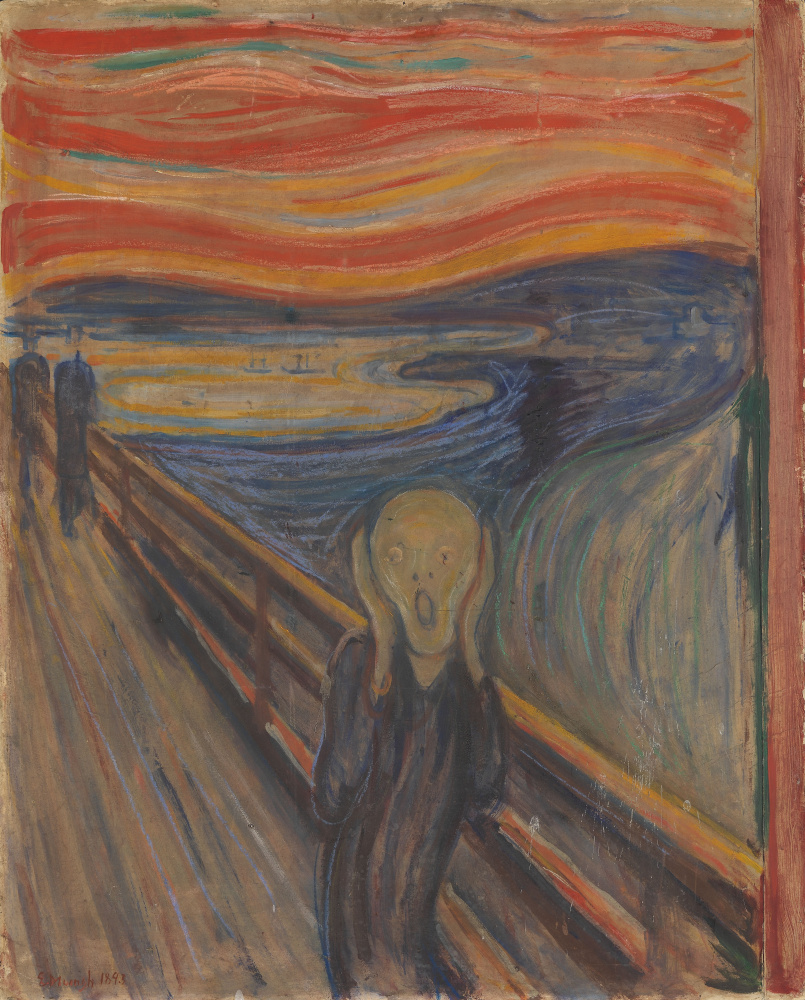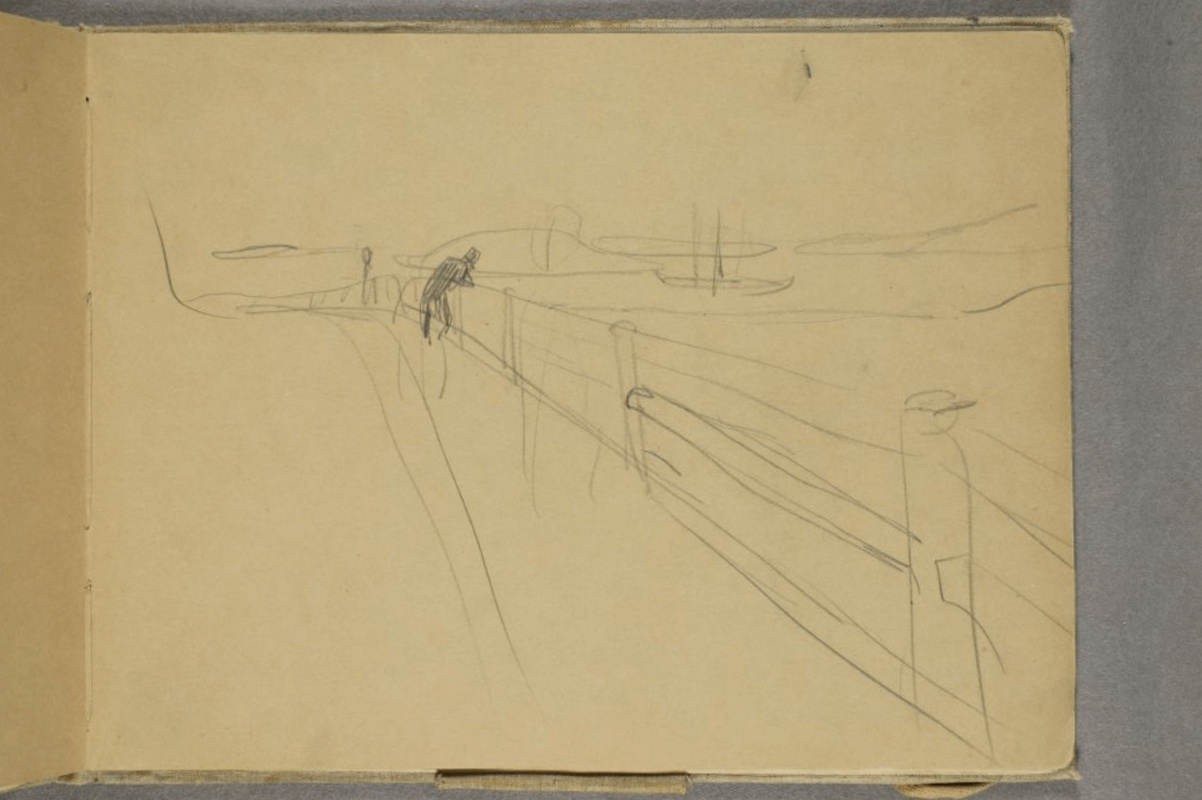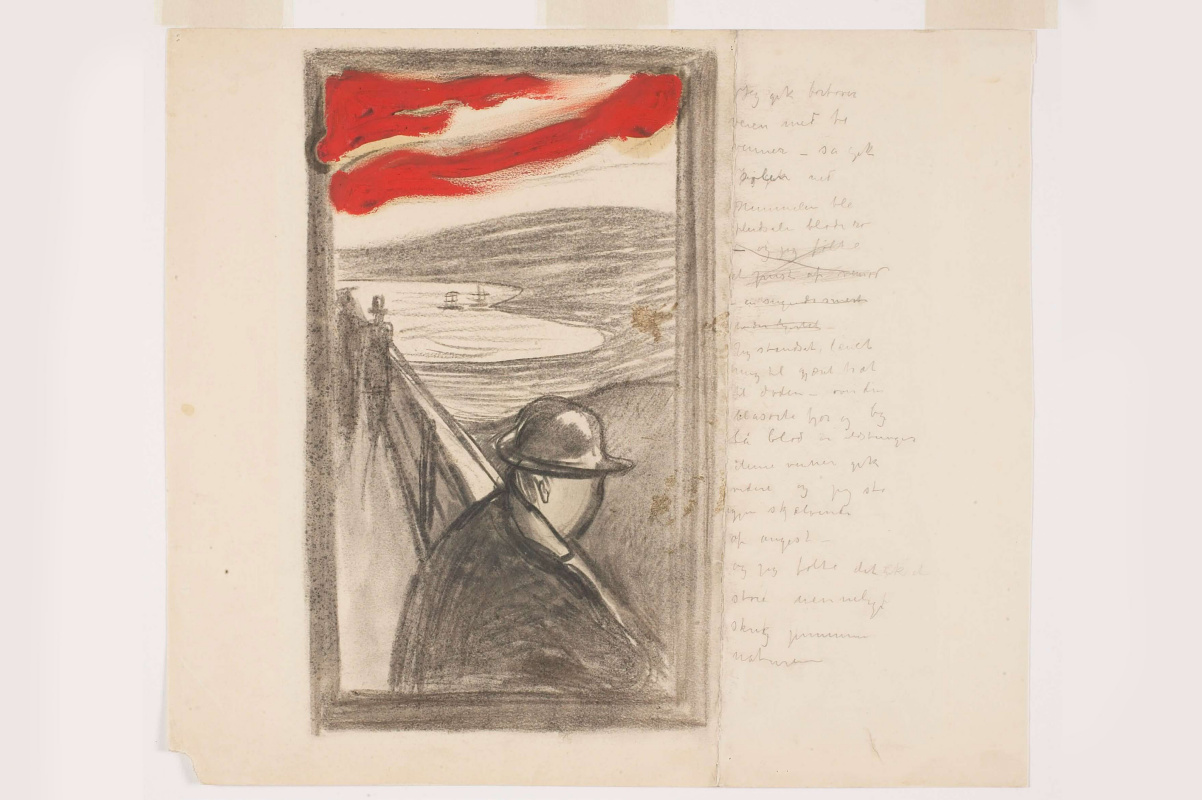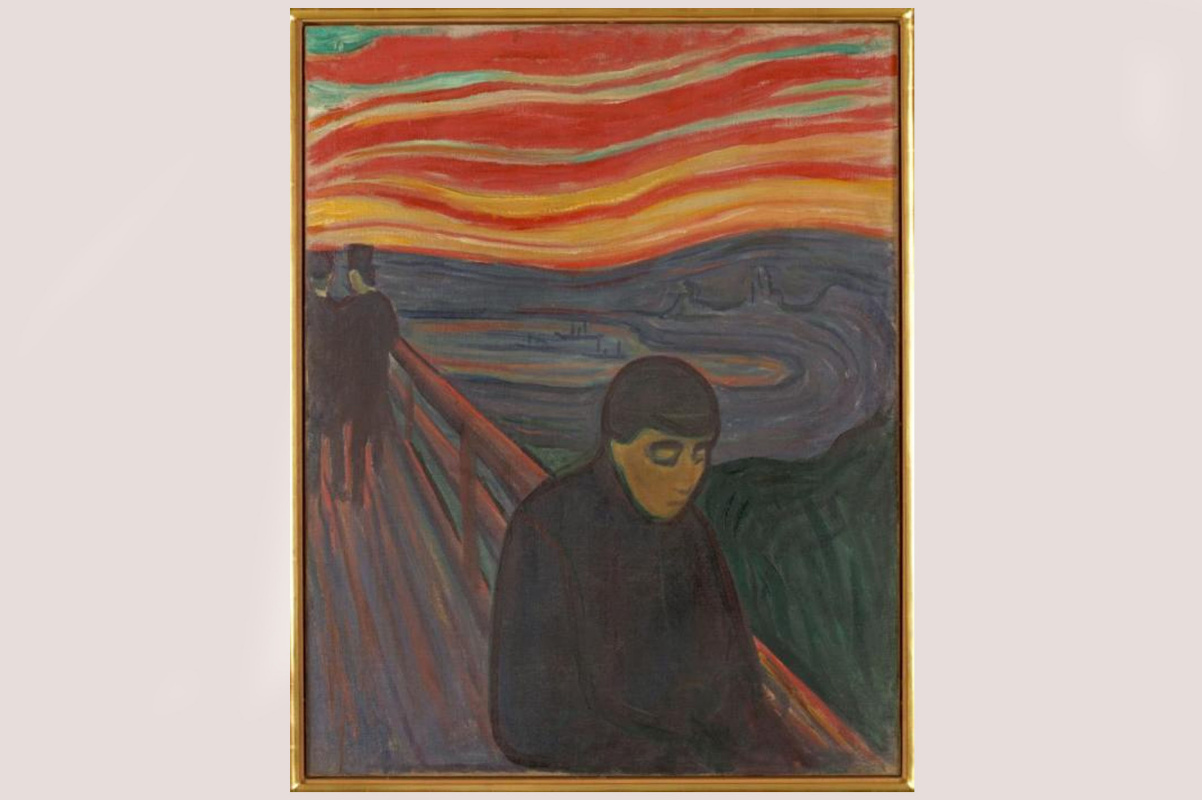Another universe of Edvard Munch: newly-released Munch original drawings, especially "The Scream", reveal different look
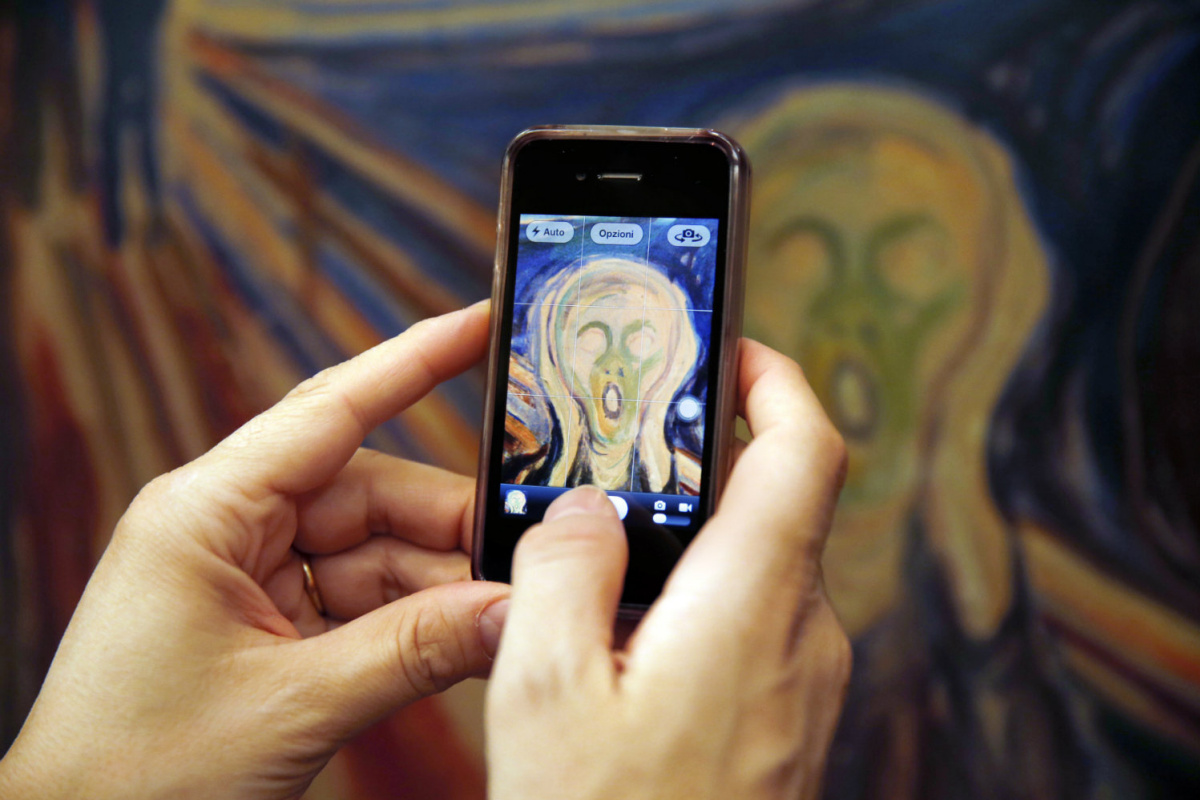
Edvard Munch
Munch struggled to depict the experience from his stroll on canvass and make others feel the way he had felt. He initially depicted a man standing by a fence by the Oslo Fjord, with red clouds in the sky (see photo). This did not give him the desired response.
Being afraid that people would only notice the clouds in the picture and not the anxiety, Munch "had long wanted to paint his memory of a sunset, red as blood. No, it was clotted blood. But no one would feel the same way as him. Everyone would think of clouds." In the book "Days and nights amongst artists", artist and friend, Christian Skredsvig, described how Munch spoke with great sadness about this event that had struck him with fear. "Sadness, because the means of art were inadequate…"
From then on, Munch changed his sketches. "In the sketches, we see that he begins to turn this figure towards us. We begin to see the face", says Bruteig.
When Munch died in 1944 at the age of 80, he left around 28 000 original works of art, of which 1,150 paintings, 17,800 prints, 4,500 watercolors, 13 sculptures, a stash of drawings, and the contents of his Norwegian studio to the city of Oslo. This massive trove included several of Munch’s masterpieces, as well as the paints and brushes he used to make them. In his will, Munch left all his artwork that was in his own possession to Oslo municipality.
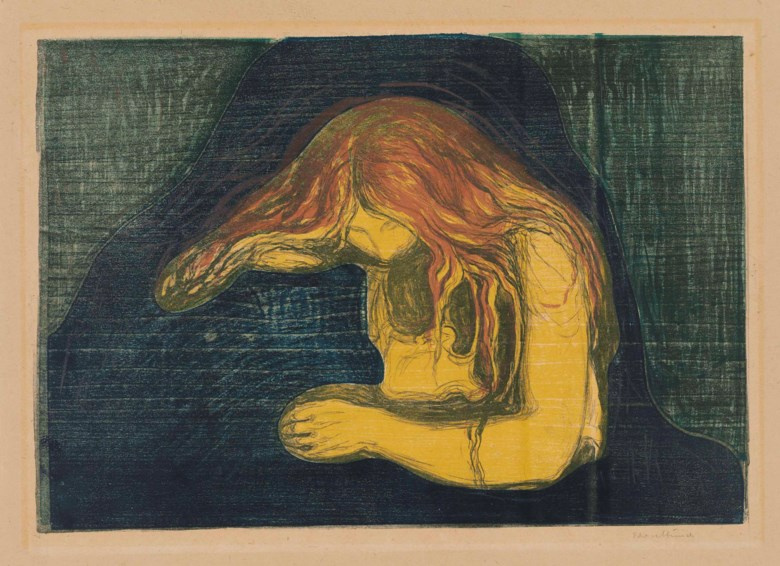
Left: Munch (1863−1944), Vampire II. Block 380×553 mm, sheet 525×613 mm. Estimate: £250,000−350,000.
Four art historians have spent four years systemising, scanning and digitalising the drawings. In total, they have entered 7644 drawings into the database.
Of the 22 million kroner, 12 million has been allocated to digitalisation of the drawings, and 10 million will later be used to digitalise all other works of art, including graphic works, photos, paintings and sculptures. The funds will also finance a new biography on Edvard Munch, which is being launched internationally.
Director of the Munch Museum

While Munch’s canvases are regularly on view in museums around the world, his materials rarely see the light of day, due to their inherent fragility. Photo documentation of the tools isn’t readily available to the public, either.
In summer 2017, the Munch Museum has teamed up with Adobe, the mega-software company behind Photoshop, to bring Munch’s paintbrushes back to life.
In an effort to promote one artist’s legacy—and, of course, to launch a saleable product—they retrieved seven of Munch’s brushes from the depths of climatized storage and transformed them into digital tools. When taken up by Photoshop- and Sketch-savvy millennials, the brushes would have the ability to imitate the artist’s strokes. So now everyone could paint like a master and even create digital version of the famous Munch’s masterpiece "Scream".
Left: Munch’s paintbrushes. Image courtesy of Adobe.
Based on materials of Artsy.net, Dagbladet, official site of Munch Museum.






